
History and Significance of International Everest Day
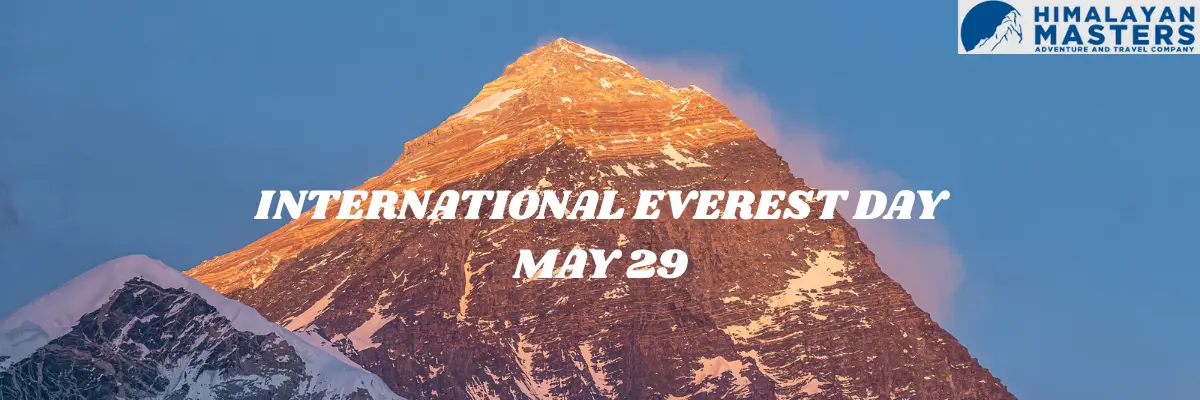
Table of Contents
International Everest Day marks the day Sir Edmund Hillary and Tenzing Norgay Sherpa successfully summited Mount Everest on May 29, 1953. This day is celebrated in their respect and is a significant achievement in the field of mountaineering. The first summit of Everest has inspired adventurers worldwide to work on their dreams, even if it seems impossible.
International Everest Day is a tribute and symbol to those who dare to reach the highest peaks. It isn’t just a celebration but a proof of human resilience, courage, and unbreakable determination.
But what exactly is International Everest Day, and why does it hold such importance in the world?
Meaning of International Everest Day
This Day commemorates the historic day when Sir Edmund Hillary from New Zealand and Tenzing Norgay Sherpa from Nepal first scaled the World’s tallest mountain, Mount Everest (8848.86 m/29032 ft).
International Everest Day is a powerful symbol of human strength, cultural pride, and international solidarity. It commemorates the first successful ascent of Mount Everest by Sir Edmund Hillary and Tenzing Norgay Sherpa, an event that changed the world’s view of what was physically and mentally possible.
The day honours not only these two mountaineering pioneers but also the generations of Sherpa climbers who have guided and supported expeditions with unmatched skill and resilience. More than just a celebration of one historical achievement, International Everest Day carries a deeper meaning—it celebrates the spirit of adventure. It pays tribute to lives lost in pursuit of the summit. It also emphasizes the deep-rooted spiritual and environmental value of Mount Everest in Nepalese and Tibetan culture.
When do we celebrate?
The celebration of International Everest Day takes place annually on May 29, the same date that marks Hillary and Tenzing’s historic summit in 1953.
The Government of Nepal officially initiated this celebration in 2008 to remember Sir Edmund Hillary’s contributions not only as a climber but also as a humanitarian. From that year onward, Nepal began recognizing May 29 as International Everest Day to honour the heroes of the first ascent and to acknowledge the global significance of Mount Everest.
Since then, it has been observed each year, drawing attention from climbers, environmentalists, and cultural organizations worldwide who unite to celebrate this important piece of human and Himalayan history.
History of International Everest Day
Summiting Everest was just an achievement for Edmund and Tenzing; it was the beginning of a new era in mountaineering. The world became spellbound by Tenzing and Hillary’s climbing achievement.
Despite facing frostbite, storms, and high-altitude exhaustion with basic mountaineering gear, they managed to achieve this feat. This achievement proved their sheer willpower and determination, which could even keep the toughest challenges below their feet.
Hillary spent his life serving to make the Himalayan people’s lives better. So, he constructed schools, hospitals, and bridges through the Himalayan Trust. Tenzing, on the other hand, became a proud representative of the Sherpa people, showing the world the importance of their role in mountaineering.
After Hillary’s death in 2008, the Government of Nepal found it proper to formalize International Everest Day, not only to honor the summit but to celebrate all it represents—legacy, perseverance, and collaboration between diverse cultures united to achieve one singular objective.
Significance of International Everest Day
Celebrating International Everest Day is more than remembering one of the most significant events, the Everest summit. It’s about recognizing and uplifting the story of resilience, bravery, cooperation, and triumph of two men, Hillary and Tenzing.
Over the past, several documentaries on Everest have been documented, featuring their summit attempt. However, this day honours all mountaineers who dared to challenge themselves and achieve their dreams. Not only did they succeed, but this day is a tribute to those who tragically lost their lives in the attempt.
Furthermore, this occasion also shines a light on the Sherpa community and their effort and knowledge of the mountains. They are an indispensable part of Everest expeditions.
Additionally, this day encourages responsible mountaineering that helps in Nepal’s booming tourism economy. It reminds us of Everest’s environmental and cultural importance. Everest Day is a reminder of global awareness and an attempt to preserve this majestic and sacred beauty, Mount Everest.
International Everest Day is an inspiration, respect, unity, and cultural pride.
How is International Everest Day Celebrated Worldwide?
It is not just Nepal’s celebration but a global one. People from all around the world gather and celebrate this day by performing different activities in the Himalayan region and abroad.
In Nepal
Mountaineering enthusiasts in Nepal organize vibrant and meaningful programs in Kathmandu and Everest Day, especially in Lukla and Namche Bazaar, on this day.
Government officials, international mountaineers, diplomats and locals come together for parades, tributes, award ceremonies, and cultural performances. These programs highlight ethnic diversity and promote unity.
Different organizations, schools, tourism boards, and local clubs organize several awareness campaigns showcasing art and exhibitions related to mountaineering.
Speakers deliver tributes to fallen climbers and express gratitude to the Sherpa community.
International Celebrations
Besides Nepal, International Everest Day is observed in different parts of the world. Every year in New York, the United Sherpa National Coordination Council (USNCA) hosts programs that include cultural dances, panel discussions, and storytelling sessions by Everest summiteers.
In this international event, organizers host film screenings and interactive events on Himalayan tourism, cultural diplomacy, and environmental conservation.

Other Online and Media Celebrations
Not just on physical platforms, several online meetings are organized on International Everest Day. On different social media platforms, campaigns are organized focusing on Everest memory sharing and messaging using hashtags like #InternationalEverestDay and #EverestSummit.
This shows the global participation and influence of Mount Everest; it’s not just a geographical landmark but a source of global admiration.
Cultural and Economic Importance of Everest
The mighty Mount Everest holds vital importance throughout Nepalese society while simultaneously capturing the worldwide attention of people.
Also called “Sagarmatha” in Nepali and “Chomolungma” in Tibetan, it holds divine importance in Himalayan communities. Local people consider Sagarmatha to shelter gods; thus, its presence generates effects on traditional practices and religious devotion while guiding their daily lifestyle. Spiritual traditions, both Hindu and Buddhist students, view Mount Everest as representing purity and resilience.
Further, Everest serves as Nepal’s foundation for economic tourism as it welcomes thousands of climbers and trekkers annually. The Everest region generates several employment opportunities, including porters, guides, hotels, airlines and teahouses that boost national economic output.
International Everest Day celebrations serve to boost domestic tourism, together with stimulating interest among overseas people about responsible trekking methods. The cultural and economic importance of Mount Everest necessitates its preservation both for Nepal and the rest of the globe, since it faces environmental struggles and increased visitation.
Overall Overview of International Everest Day
International Everest Day reminds us that some mountains are more than geography. They are the symbols of hope, perseverance and global unity. Whether you’re trekking through Khumbu or dreaming of standing atop the world’s highest point one day, May 29 is a reflection of human power and ambition.
Want to know more?
Speak to an Expert





Sandip Dhungana
Nepal 🇳🇵
Whatsapp: +977-9823636377





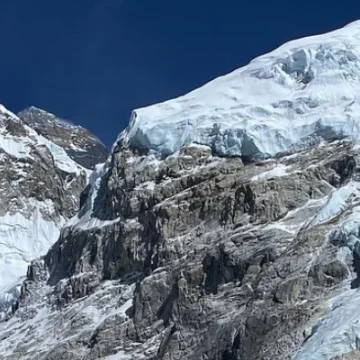
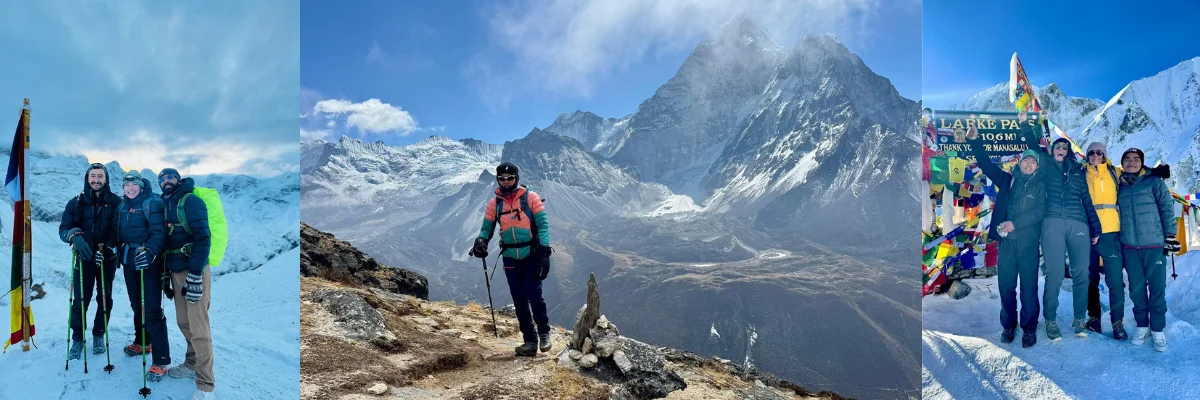
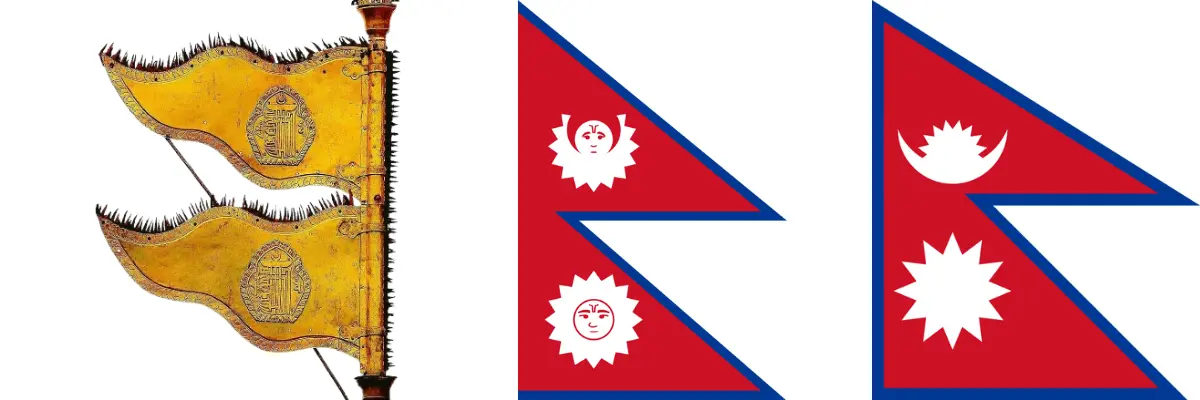

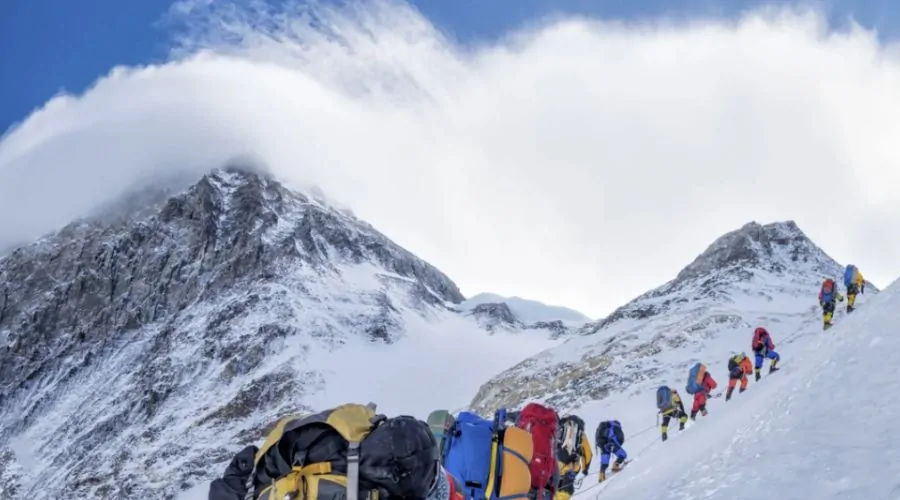
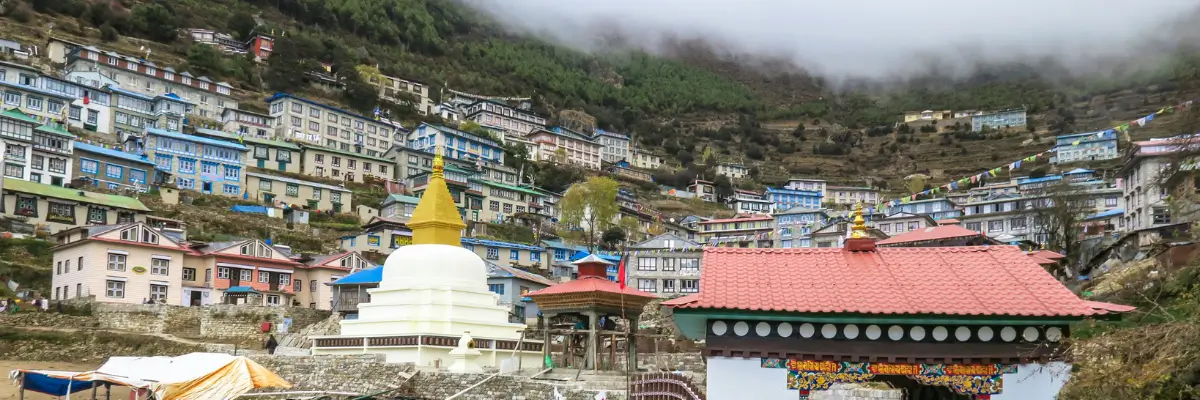
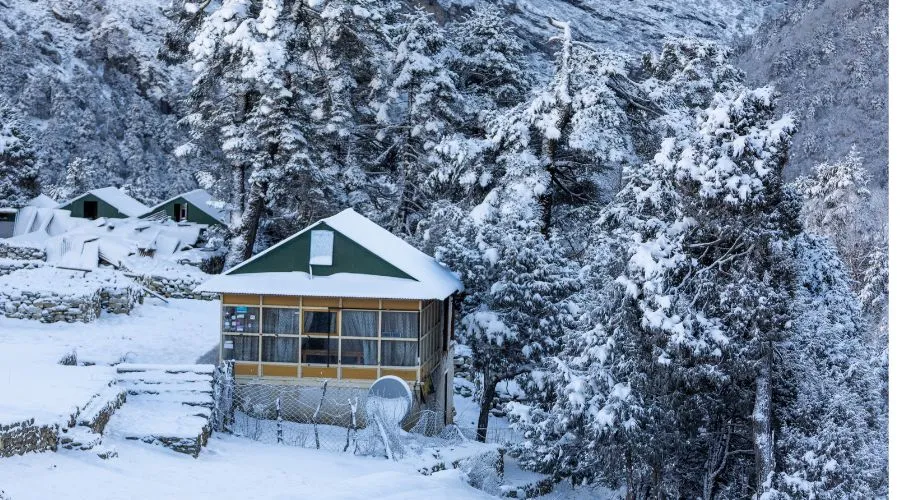
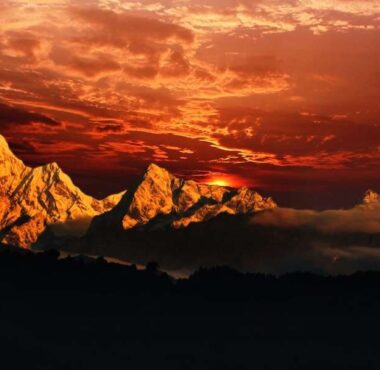
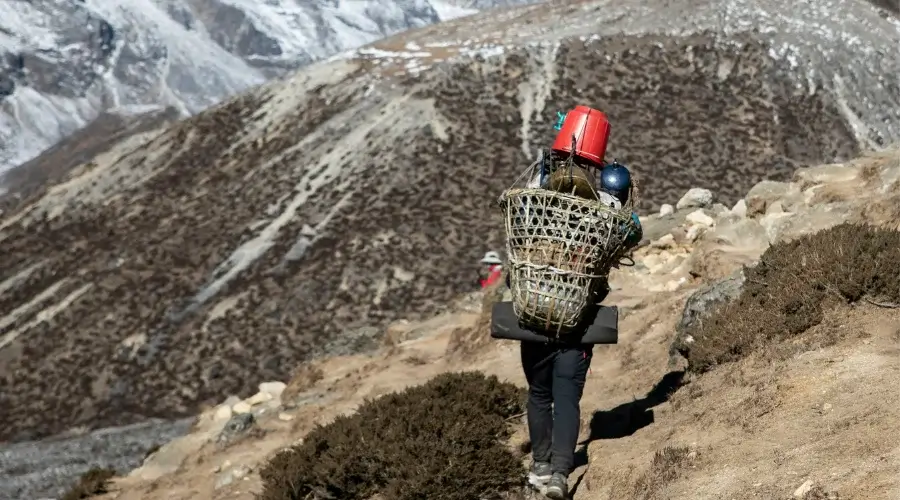









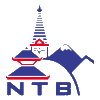




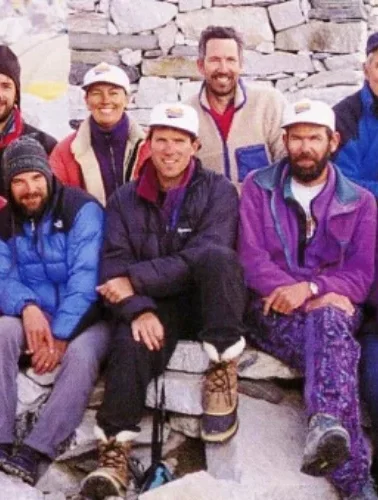
Leave Your Comment